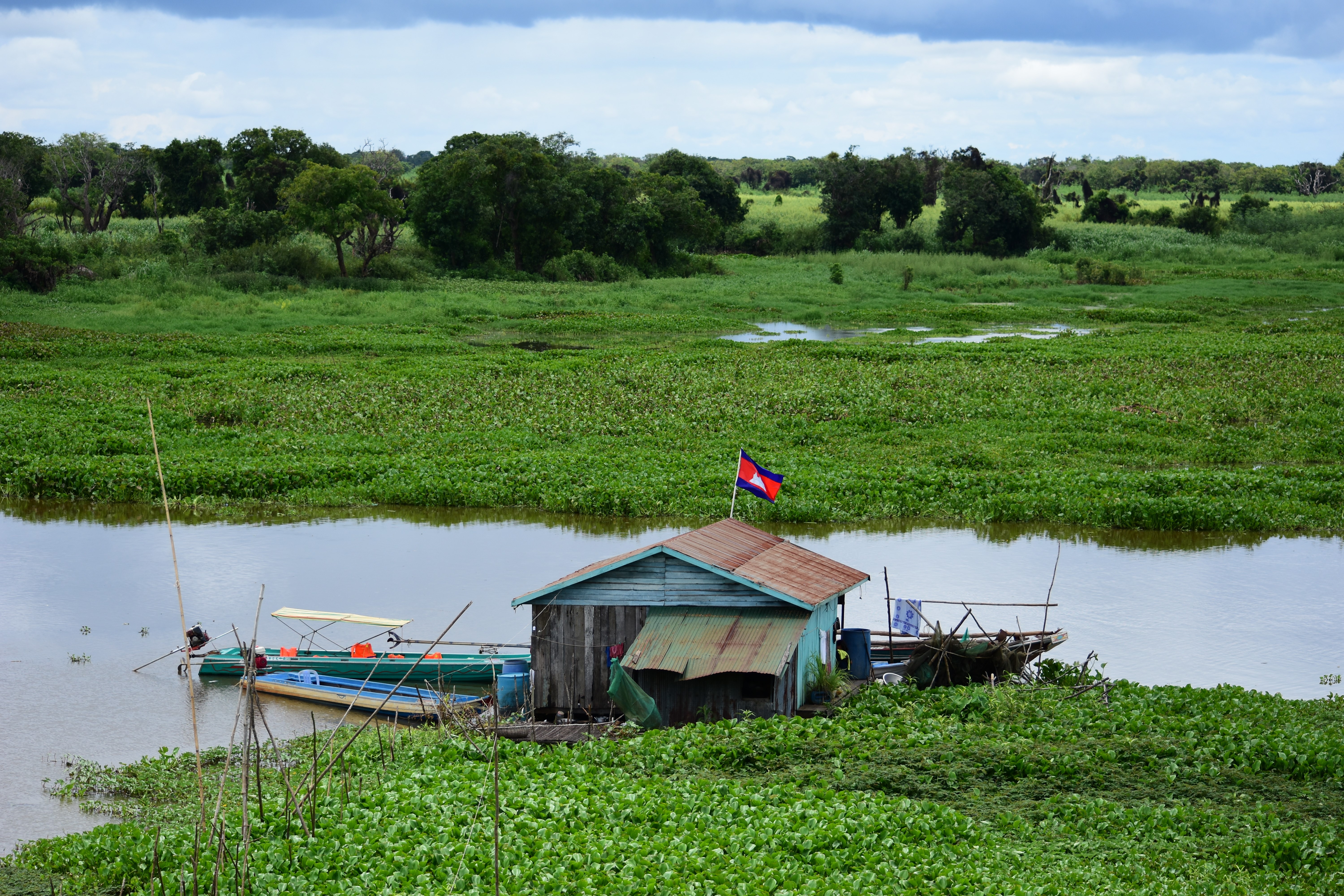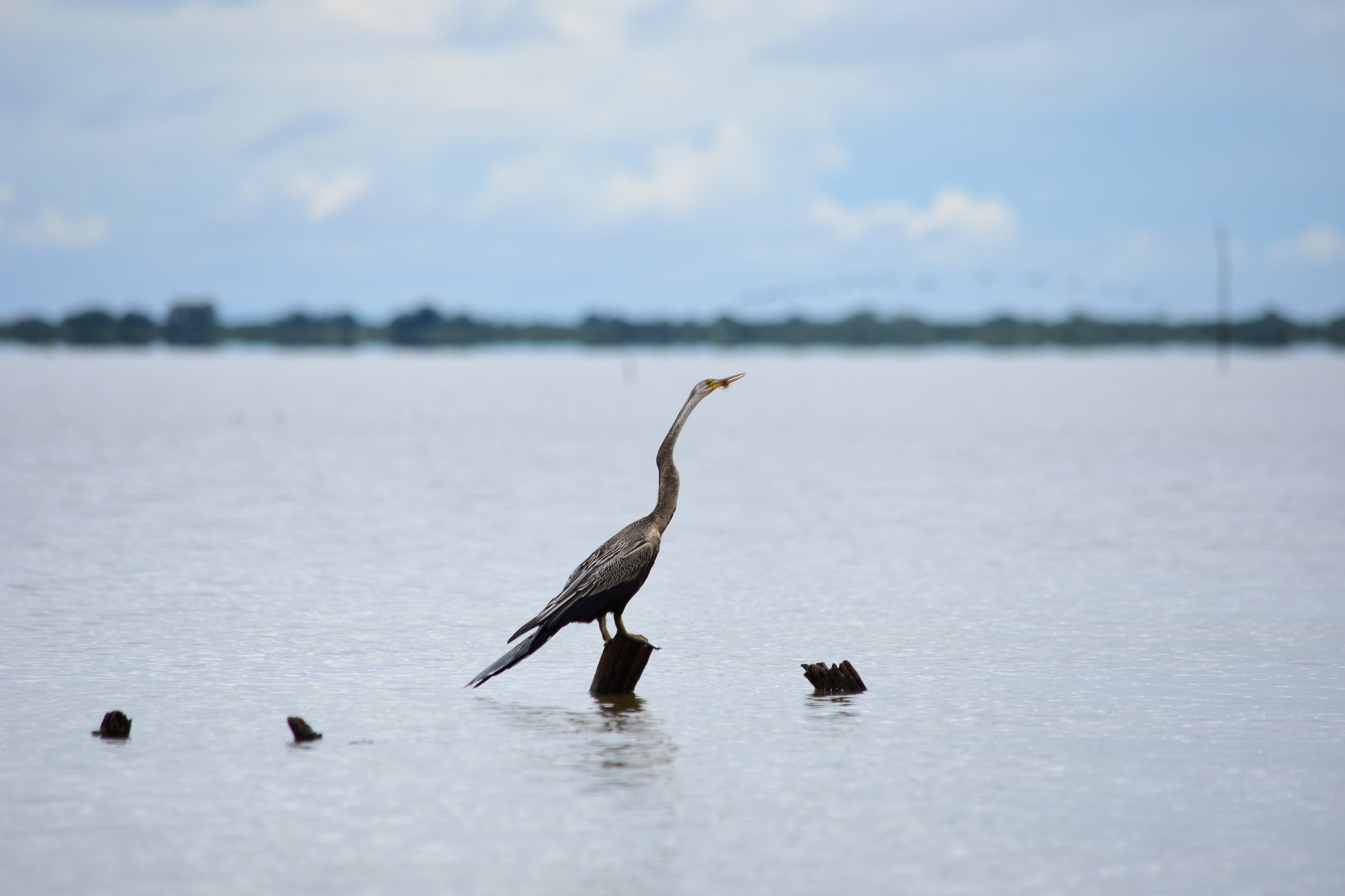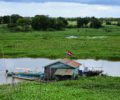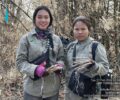Visit to Boeng Chhmar Ramsar Site
On the 27th of May 2017, NatureLife conducted its first trip to the Boeng Chhmar Ramsar Site in Kampong Thom province, Cambodia. The trip marked the beginning of NatureLife’s commitment to work for the preservation of Cambodia’s ecosystems and endangered species. Ramsar List, also called the List of Wetlands of International Importance, aims to identify and protect important wetlands for their biodiversity and ecological services, as part of Ramsar Convention.
Boeng Chhmar Ramsar Site was established in 1999 as a protection area in the Tonle Sap basin, South East Asia’s biggest lake and Cambodia’s beating heart. The banning on hunting and fishing made the site, of around 20.000 hectares, has become a safe haven for water birds in the region. Additionally, the area is known to hold populations of the globally threatened Mekong Giant Catfish, Greater Adjutant and Hairy Nosed Otters.

Flooding house at Beong Chhmar Ramsar Site
The remoteness of the reserve deterred birdwatchers and tourists from visiting and had helped to keep various forms of human disturbance, to a minimum. After a 3-hour minivan and 2.5-hour boat trip across Tonle Sap, our staff members and invited guests were delighted to find a great abundance of Cormorants, Asian Openbill Storks, Lesser Adjutants, Oriental Darters, Spot-billed Pelicans and Whiskered Terns.

Oriental Darter (Anhinga melanogaster)
NatureLife Cambodia, however, is concerned that Boeng Chhmar and its precious resources are facing increasing threats. Large-scale industrial projects upstream and at the site such as these are polluting and drying up the lake. The rapid human population growth within the protected area has also put increasing strain on this beautiful habitat. Our staff and invited guests also felt the impact during this trip when we could not spot a single Painted Storks, which was reported to number as high as 1,500 in previous records.
Tagged:



